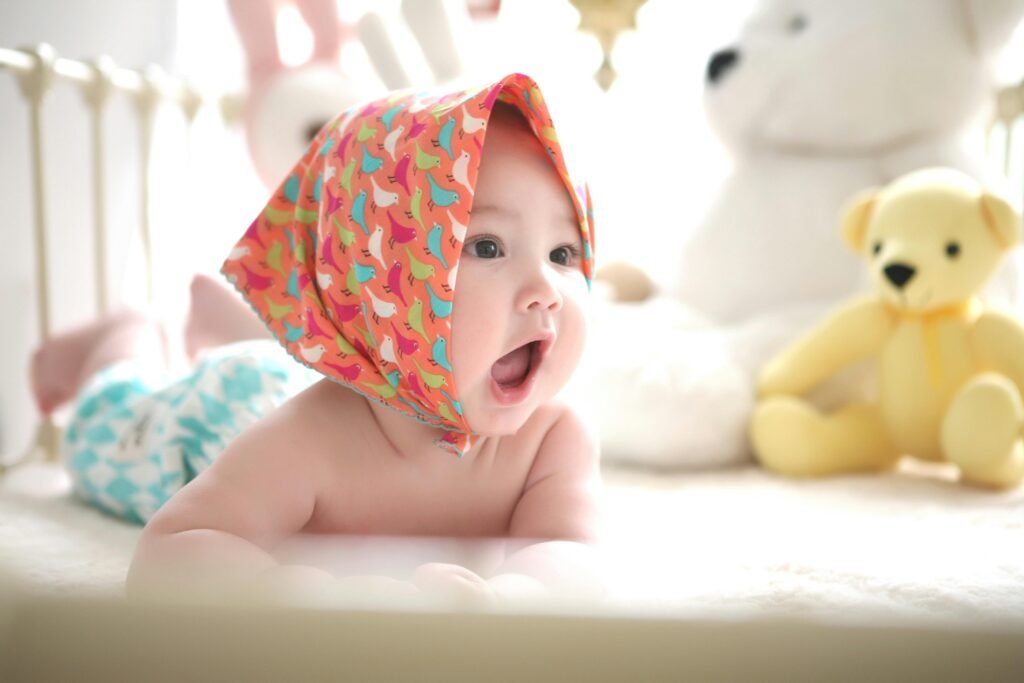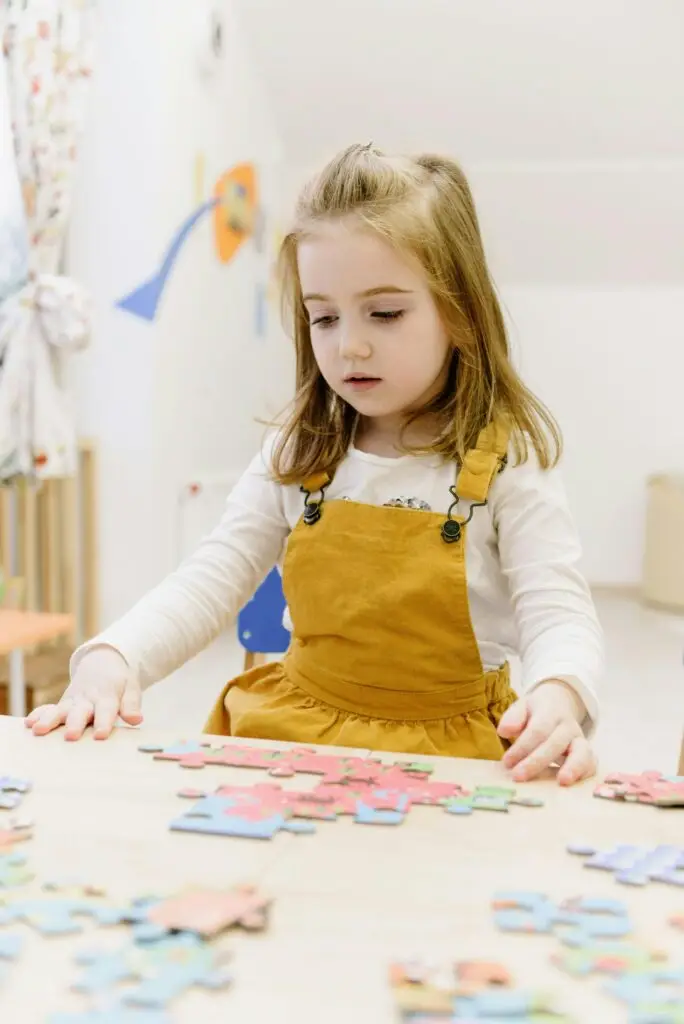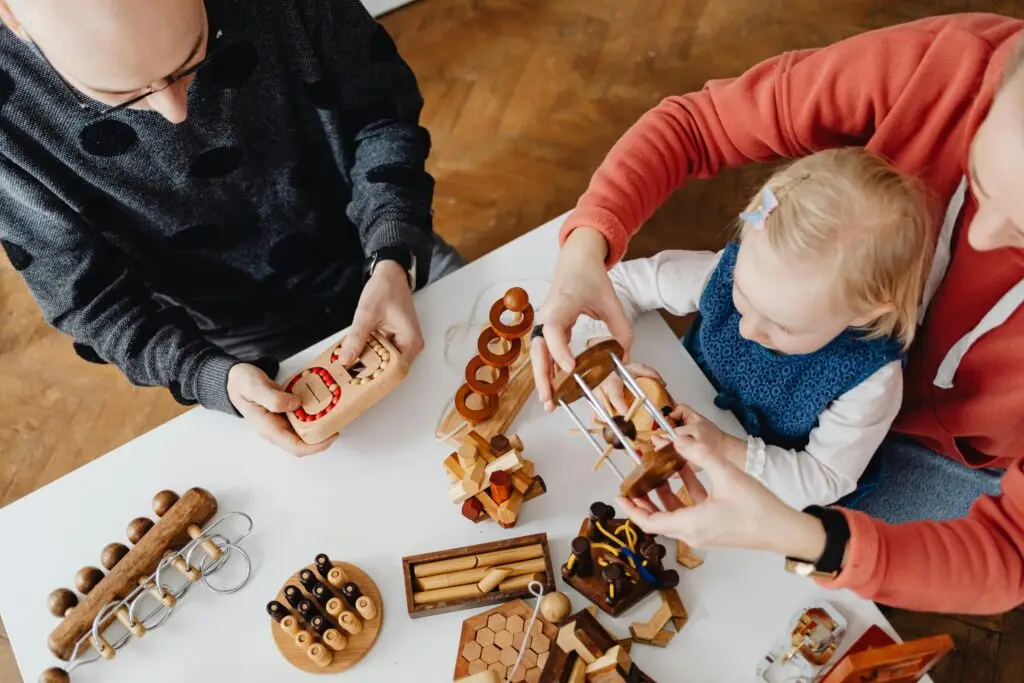Every new parent has wondered, “How does my baby see and hear the world around them?” It’s a fascinating question, as a newborn’s senses are in the earliest stages of development, working hard to adapt and grow. Early sensory development plays a crucial role in your baby’s overall health, learning, and ability to interact with their environment. Visual and auditory senses form the foundation of their understanding of the world—helping them recognize faces, connect with voices, and explore their surroundings.
This guide dives deep into how a newborn’s sight and hearing function from birth through their first year of life. By the end, you’ll have the tools and knowledge to actively support your child’s sensory growth and nurture their abilities.
Newborn Vision
What Can a Newborn See?
Did you know that babies are born with very blurry vision? According to Dr. Jane Smith, Pediatric Ophthalmologist, “Newborns are born with very blurry vision, but over time, they become more attuned to their surroundings.” At birth, their visual acuity is limited; they only see objects clearly at a range of 8–12 inches, which conveniently matches the distance to a parent’s face during feeding.
Babies can see light and large shapes, but they’re particularly drawn to high-contrast patterns, especially black-and-white ones. That’s because their retinas, still in development, are better at detecting contrasts rather than intricate details. Prof. Alex Johnson, an Early Childhood Educator, emphasizes, “Black and white images are particularly effective in stimulating a newborn’s vision, as they provide a strong contrast that is easier for them to see.”
Visual Development Timeline
- 0–2 Months: Baby focuses on objects close to their face and begins tracking movement.
- 3–6 Months: Colors start becoming more vivid, and depth perception improves.
- 7–12 Months: Babies begin to see like adults in terms of clarity and can recognize familiar faces and objects from across the room.
Tips for Parents to Support Vision Development
- Show Infant Black-and-White Pictures: Use books, cards, or toys with bold, high-contrast patterns to engage their attention.
- Encourage Eye Contact: Ask yourself, “How much eye contact is normal for babies?” At 1–2 months, short bursts of eye contact while feeding or playing are typical and help build that important bond.
- Give Them Visual Variety: Place brightly colored toys or objects around their crib at different angles for them to explore.
Newborn Hearing
How Well Can a Baby Hear?
Hearing is one of the first senses a baby develops—even in the womb. Dr. Emily Chen, Audiologist, notes, “Even in the womb, babies are exposed to sounds, and this early auditory experience is crucial for the development of their hearing.” At birth, a baby’s auditory system is quite advanced compared to their vision, which is why they’ll recognize and respond to familiar voices—especially Mom’s and Dad’s!
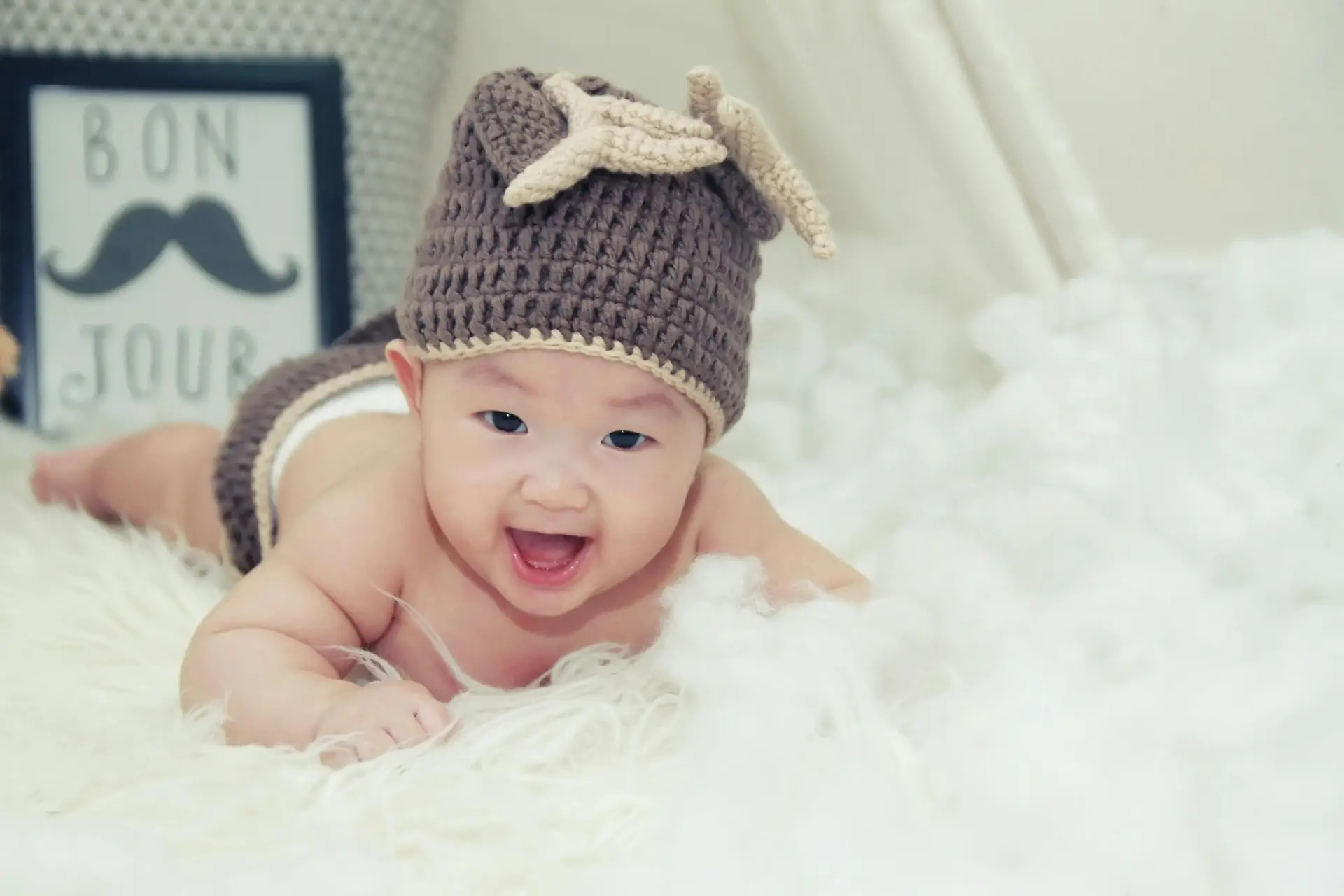
What Sounds Do Newborns Respond to?
Newborns are sensitive to a range of sounds, but they’re particularly attuned to high-pitched tones like sing-song voices. They will startle at loud noises and show a preference for rhythmic, soothing sounds like lullabies or white noise. By 6 months, babies start babbling in response to human speech, understanding early elements of communication.
Tips for Supporting Hearing Development
- Create an Auditory-Rich Environment
- Play soft, calming music.
- Introduce rattles or toys that make pleasant sounds.
- Talk and Sing Often
- Speak to your baby throughout the day. Narrating activities like feeding and diaper changes helps familiarize them with language.
- Use Simple Toys
- Toys that squeak, ring, or rattle offer engaging sound stimuli for auditory learning.
The Connection Between Seeing and Hearing
Newborns begin to weave together their visual and auditory senses almost immediately. For example, when you smile and coo at your baby, they’ll use their limited sight to focus on your moving mouth while hearing the comforting tone of your voice.
Engaging activities like this are essential. Michelle Rodriguez, a Mother and Early Learning Advocate, suggests, “Engaging in simple activities like reading to your baby or playing with toys that make sounds can help in the development of their senses.” Combining sensory stimulation—like making eye contact while shaking a rattle—reinforces early brain development and strengthens neural pathways.
Parent Tips for Dual-Sense Engagement
- Shake a small toy where your baby can see and hear it, encouraging them to track its movement and sound.
- Look into activity gyms designed for infants, which often pair colorful visuals with musical elements.
Read books aloud, holding the pictures in view while using varying tones to animate the story.
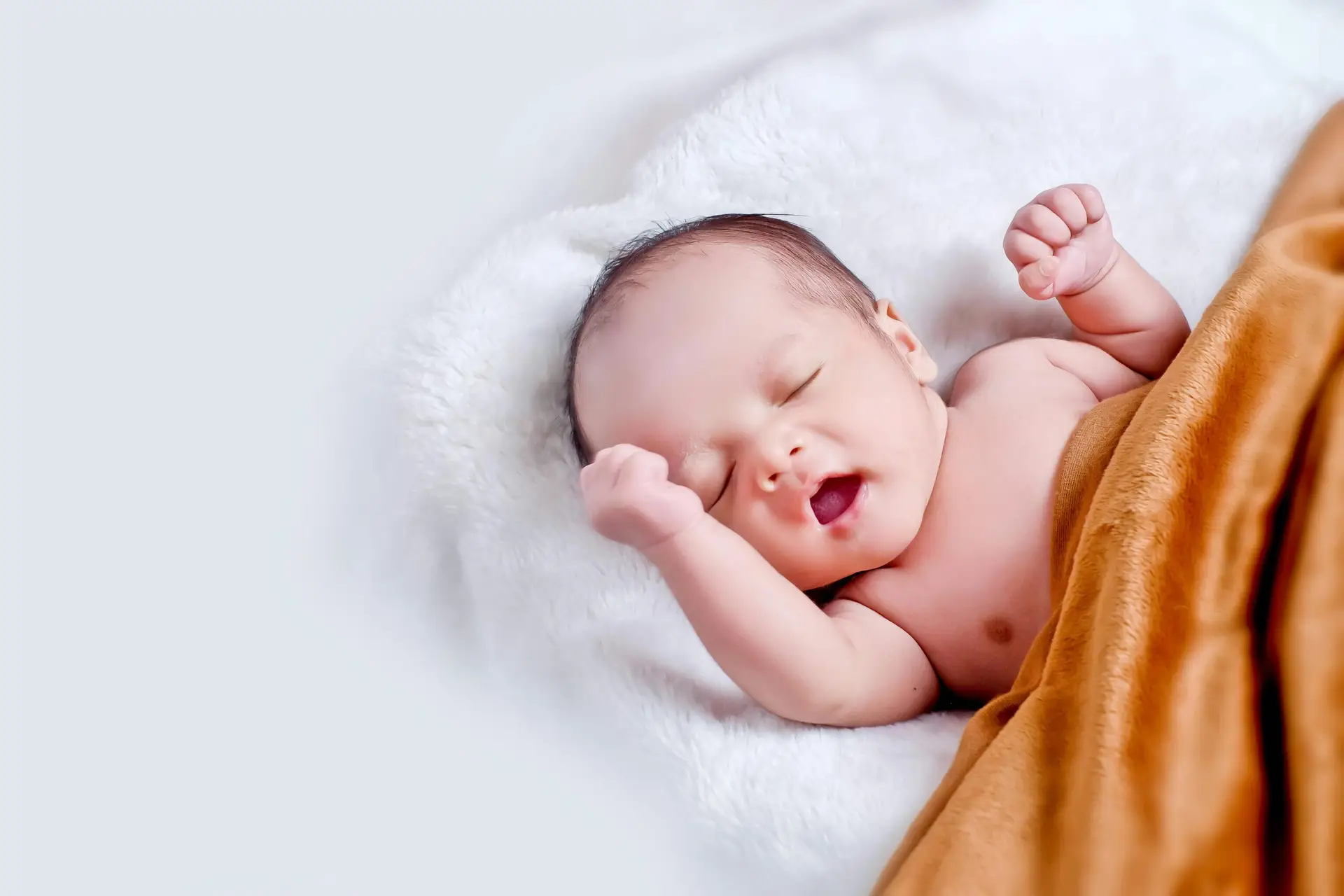
Challenges in Early Sensory Development
Like any developmental process, vision and hearing don’t always progress perfectly. Understanding potential challenges is key so parents can seek early intervention if needed.
Common Vision Challenges
- Strabismus (Crossed Eyes): Often resolves by 6 months but may need professional care if persistent.
- Blocked Tear Ducts: Can lead to eye discharge but is usually easily treated.
- Delayed Visual Tracking: Indicates further evaluation might be necessary.
Common Hearing Challenges
- Congenital Hearing Loss: Detected via newborn hearing screenings. Early intervention is crucial.
- Ear Infections: Common in infants, frequent infections may impact hearing temporarily.
When to Consult a Doctor
If you notice your baby doesn’t respond to sounds, struggle to make eye contact by 3-4 months, or have concerns about their overall sensory responses, consult a pediatrician or specialist immediately. Acting early can make a world of difference.
Supporting a Lifetime of Growth
Visual and auditory growth in the first year forms the foundation for a baby’s ability to explore, learn, and connect with their environment. By understanding how your baby’s sensory abilities develop and engaging in simple, thoughtful activities, you can help them thrive.
Keep nurturing their senses with black-and-white images, soft lullabies, and plenty of love and care. For more on early childhood sensory development, check out the American Academy of Pediatrics Sensory Stimulation Guidelines or consult a pediatric specialist if you have concerns.
Want personalized suggestions for your baby’s growth and development? Speak to our experts today!

